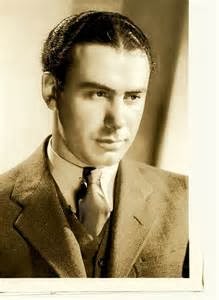American Poet/Artist
1894 - 1962
Commentary
 |
e. e. cummings 1933 |
Writers and artists require silence to focus on their work and, yet, many people are afraid of silence. Silence helps us find our way through the maze of life. Silence opens like a flower in the morning. Take time to enjoy the silences of your life. The hardest silence to find is the silence of the mind. We are constantly talking to ourselves even when we have silenced the voices around us. Learn to slow your mind down and quiet the voices talking inside your head. Rid yourself of your mother's voice. Your father's voice. The voice of the critic. The voice of the editor. Learn to love silence.
Biography
Edward Estlin Cummings was the oldest child of Edward Cummings and Rebecca Haswell Clarke. His artistic talents were present from an early age. His mother preserved many of his drawings of animals from his early childhood. He wrote his first poems at the age of 3 with his mother serving as scribe. He was reading at four. He compiled his first book of poems at age 12 and his second collection at age 14. His first published poem appeared in the Cambridge Review when he was 15. In the summer of 1910 he wrote a poem a day.
In the fall of 1911, a couple months shy of his 17th birthday, Cummings entered Harvard College as a freshman. In 1913 he acted in a play along side then graduate student T. S. Eliot and won the affections of the girl they both pursued. Cummings graduated from Harvard in June of 1915 and delivered one of the graduated speeches on the new art.
Video:
My favorite poem by e. e. cummings is anyone lived in a pretty how town. Here is Cummings reading the poem.








